A Bowhunter In God's Cathedral
 AUTUMN SUNSET That time of day in late September, before the North Wind rattles the bones, when the ginger sun has finally slipped from sight and the cotton sky is on fire. Those last moments before the blanket of night gently settles upon the wooded glen, they awaken for their fifteen minutes of daily fame. Insects emerge, anxious for the darkness of night, Chickadees flit to gather the feast... THE FIRST HALF OF ONE OF THE POEMS WRITTEN FROM MEMORIES OF THE TIMES IN THE FIELD WHEN EVERYTHING IS CRYSTAL CLEAR AND THE SUN IS SETTING.
0 Comments
When the lifetime Minnesota resident and Prior Lake author came across a reference to the so-called "thirty-ninth man" while working on another project, he had to find out more.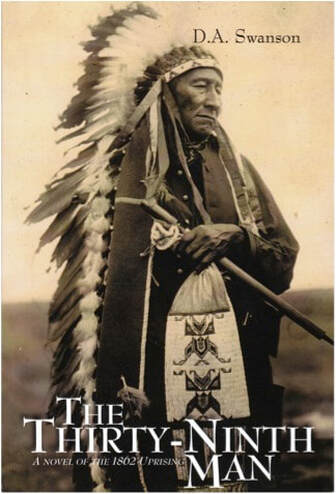 For six years, Swanson searched records at the Minnesota Historical Society, interviewed sources and read period biographies, meticulously combing written materials and living experts for information about Tatemina, or Round Wind, the Dakota man spared from the infamous gallows of Dec. 26, 1862, with an eleventh-hour pardon. What he found was at once gratifying and frustratingly incomplete — and compelling enough to form the foundation of "The Thirty-Ninth Man," a work of historical fiction released in June by North Star Press of St. Cloud. Buddy amazes onlookers with his extraordinary athletic performance. This is a true story about a cigar-smoking-wannabe and his olympic caliber execution of a feat thought impossible by the judging public. If you have not read my books, I offer this little story by way of introduction to my writing style when dealing with first-person perspectives.
This ditty is titled: Buddy and Mr. Cricket, and I knew that what I had witnessed was something I needed to share. The exemplary performance of my neighbor was truly something to behold. Simpler Times – A Personal Memoir Simpler Times–A Memoir is a vivid, nostalgic, and intimate memoir of my growing up in the early 50s. While the story takes place in the Village of Island Park in Minnesota, it will remind all who grew up in rural America the joys of being a kid, the awe and love we had for friends and family, and grand adventure limited by only our imaginations. Simpler Times is filled with reflections of goodness, innocence, and all too often misguided play. My personal tales return you to a time and place that you cherish and are intrinsically and forever linked, and to which you wish you could return. Included are humorous tales about hide and seek, snowball fights, family pets, wildlife rescue, and the discovery of the opposite sex. My NEW book will make you smile, laugh, rejoice, and possibly bring you to tears. It may lift the fog of a fading memory of a grandparent long gone, or remind you of an important life lesson taught by a parent, special teacher, or scout leader. It is my hope that my personal memoir will inspire you to share your life story and family's history with your children and grandchildren, whether it be in person or by pen. Some say Simpler Times–A Memoir may represent my best work yet. I can't count the number of times I've heard others say, "I wish I would have asked more questions while Grandma was still around," or "I'll bet Grandpa could tell some stories." 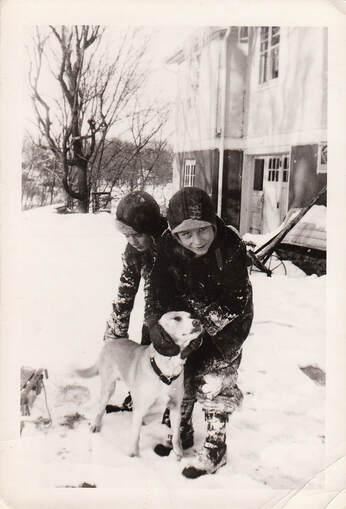 Larry, Me, & Sandy Larry, Me, & Sandy We owe it to our children to record what life was like in our early years. Those times are gone never to be repeated. Consider the changes that have taken place during your lifetime. For me, I went from vacuum tubes in radios, to television, the internet, and men actually on the moon's surface. My grandparents were working the land with horses, and they saw the industrial revolution as it was taking place. Now imagine the stories you can leave for your children and your grandchildren. Amazing stories from a time they can only read about. As I began on this writing journey, I was challenged with a need to weave stories I wrote to my mother many years ago, with recent memories brought alive through enlightening circumstances in the years since her death. When I was three we moved from city life to a land filled with mosquitoes, outhouses, and no running water. My younger years growing up in that wonderful place were formative in building my character and of immense value to my years as an adult. It wasn't until I joined the U.S. Navy that I realized how special my life had been. I felt the need to thank my parents for that gift, so I began writing special stories and snippets from my boyhood, sharing them, then filing them away. My mother got real joy in reading those stories.
With the passing of time, memories become your life, and circumstance often unlocks a long-forgotten scene from the past. The heat of a summer day, the raucous call of the Blue Jay, common things, everyday things unfolding in a way that jogs a memory from long ago. These are the things that fill me with joy. 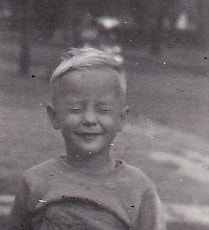 When a guy is about to enter kindergarten, all things are possible. I could even make myself invisible. I learned for sure, it doesn't work when you're in second grade. As things evolved, Audie Murphy was my alias when we played war. Plus, I could be Al Swanson, my dad and my hero, when playing grown-up. When Larry beat me to claiming Geronimo as his alias, what choice did I have? Why, of course...who had the best, the fastest, the smartest horse on earth? Ahhh, born in 1942 my childhood was close to perfect. If only I would have gotten that pony.8/15/2019 Life in the early 1950’s is rendered in crystalline purity. Refrigerators are replacing the icebox and television is new on the scene. The times were simpler, the choices fewer, and the freedom greater, as the kid navigates through daily life on the island, joined by Dickey, Larry, and the whole gang. There’s one thing that sets him apart from most of his friends. He has a ton of schemes rolling around in his noggin. He plays alone for hours and hours perfecting his Wild West Good-guy image. He’s the fastest draw, cleanest cut ‘yes maam’ cowboy on the planet. When he saunters into a saloon, he orders sarsaparilla. He has no idea what it is, but he knows it ain’t “whisky”. Whisky’s what the bad guys order. Since as long as he can remember he’s wanted a horse, but no matter how much he begs, his parents don’t budge.
Ulysses S. Grant figured out a way to force a Lakota revolt—that required government retaliation—to gain control of the Paha Sapa and the gold she held.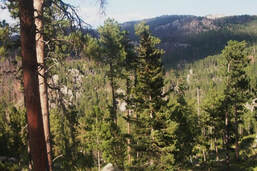 Grant believed that without the influence of major chiefs living on unceded land, the reservation chiefs, those bands living off the dole, would agree to sell the Black Hills–Paha Sapa to the United States. His solution: Force the Lakota into an untenable position aimed at making them appear to be the aggressor in an inventible conflict with the army. The result would be to place the hills under governmental control and require all Lakota people to live on reservations. 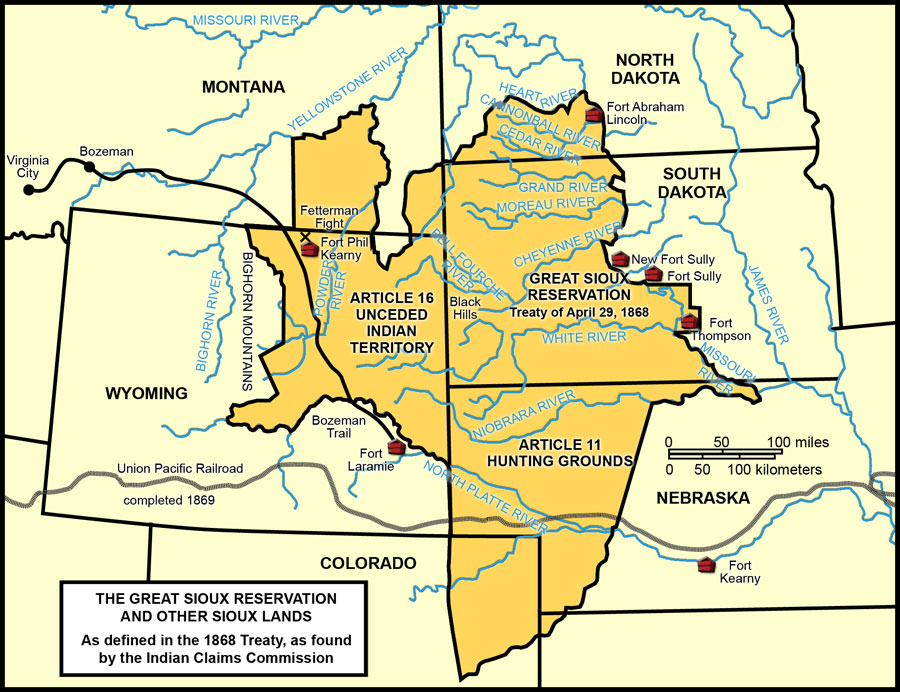 North Dakota State Historical Society North Dakota State Historical Society To that end, on December 3, 1875, Grant, supported by his cabal, sent messengers to inform the chiefs living on unceded land that they had until January 31 to report to their designated reservations or be considered hostile to the United States. The fact of the matter was that the weather resulted in the inability of the messengers to locate all the bands, and the impossibility of those that were notified to move their camps in the middle of the winter when the snow was deep and the weather was deadly. Scandals riddled the Grant presidency. The dark secret—a cabal to ensure the U.S. can take the hills back.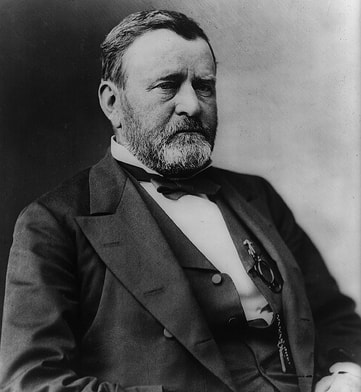 Grant had taken office in 1869 with a pledge to keep the West free of war. Unfortunately, the first scandal occurred the same year, when the gold market collapsed setting the stage for an extended recession. The scandal? Unknown to him, Grant’s sister was married to one of the men who perpetrated a scheme that led directly to the market’s collapse, forcing the United States deep into the throes of a recession. When he started his second term in 1873, a national panic erupted with the collapse of westward railroad construction, and an economic cloud settled over Grant’s second term. It was in 1873 that he formed the cabal to take the Black Hills from the Lakota. If only there were a new gold strike to provide relief. |
AuthorAt seventy-nine, I’m at the beginning of a new chapter in a life filled with blessings from above, adventure, love of family, and kinships reaching into the heavens and to God himself. —AND— I love to tell a story. Archives
May 2021
Categories |
|

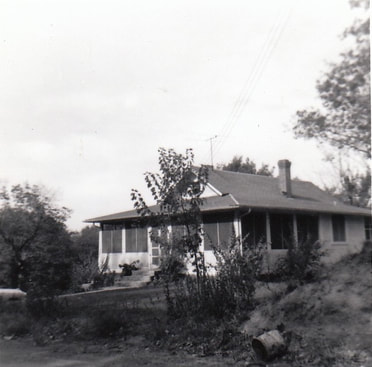

 RSS Feed
RSS Feed
